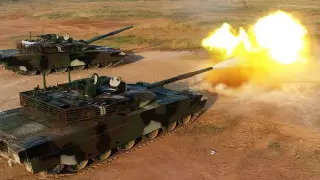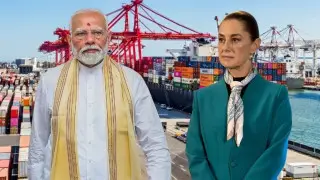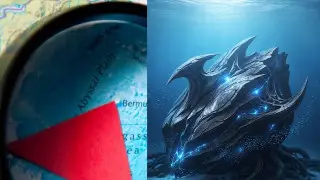
X
NASA announced a delay in Boeing Starliner’s return to Earth from the International Space Station (ISS) with its first crew of astronauts, without specifying a new date. Originally scheduled for June 26, the return of US astronauts Butch Wilmore and Sunita Williams has been postponed due to additional testing and technical issues.
Leaders from @NASA and @BoeingSpace are adjusting the June 26 return to Earth of the Crew Flight Test mission with @NASA_Astronauts Butch Wilmore and Suni Williams from @Space_Station.
This adjustment deconflicts from a series of spacewalks while allowing mission teams time to… pic.twitter.com/pjqz1zEu4g— NASA Commercial Crew (@Commercial_Crew) June 22, 2024
The crew, who lifted off on June 5, embarked on this mission as a final demonstration to obtain routine flight certification from NASA. However, the crewed test of the Starliner spacecraft has encountered significant technical challenges, including five failures out of its 28 maneuvering thrusters, five helium leaks intended to pressurize the thrusters, and a slow-moving propellant valve, reflecting unresolved issues from previous tests.
These complications necessitate further tests by NASA and Boeing, casting uncertainty on the exact timing of the astronauts' return. These delays contribute to broader problems Boeing faces with its Starliner program, which has already incurred $1.5 billion in cost overruns beyond its $4.5 billion NASA development contract.
NASA aims for Starliner to be the second US spacecraft capable of transporting astronauts to and from the ISS, alongside SpaceX’s Crew Dragon, which has been operational since 2020. However, Boeing's Starliner program has struggled with software glitches, design flaws, and subcontractor issues for years.
When Starliner arrived near the ISS on June 6, five thruster failures prevented it from making a close approach until Boeing could implement a fix. The company revised software and adjusted procedures to reactivate four thrusters and proceed with docking.
The upcoming undocking and return to Earth represent the most complex phases of Starliner’s test mission. NASA officials have stated they need a thorough understanding of the thruster failures, valve issues, and helium leaks before Starliner can undertake its approximately six-hour return journey.
One thruster remains nonfunctional in Starliner’s flight, following four thruster issues during an uncrewed return in 2022. As per the rules of NASA and Boeing, Starliner's maneuvering thrusters have to give a '6 degrees of freedom control' with every thruster to have a backup of its own. This means that at least 12 of the 28 thrusters, most of which are backups, are required for a safe flight. Fewer thrusters might suffice if the remaining ones and their backups can operate together without restricting Starliner’s movement in space.













Copyright © 2025 Top Indian News
